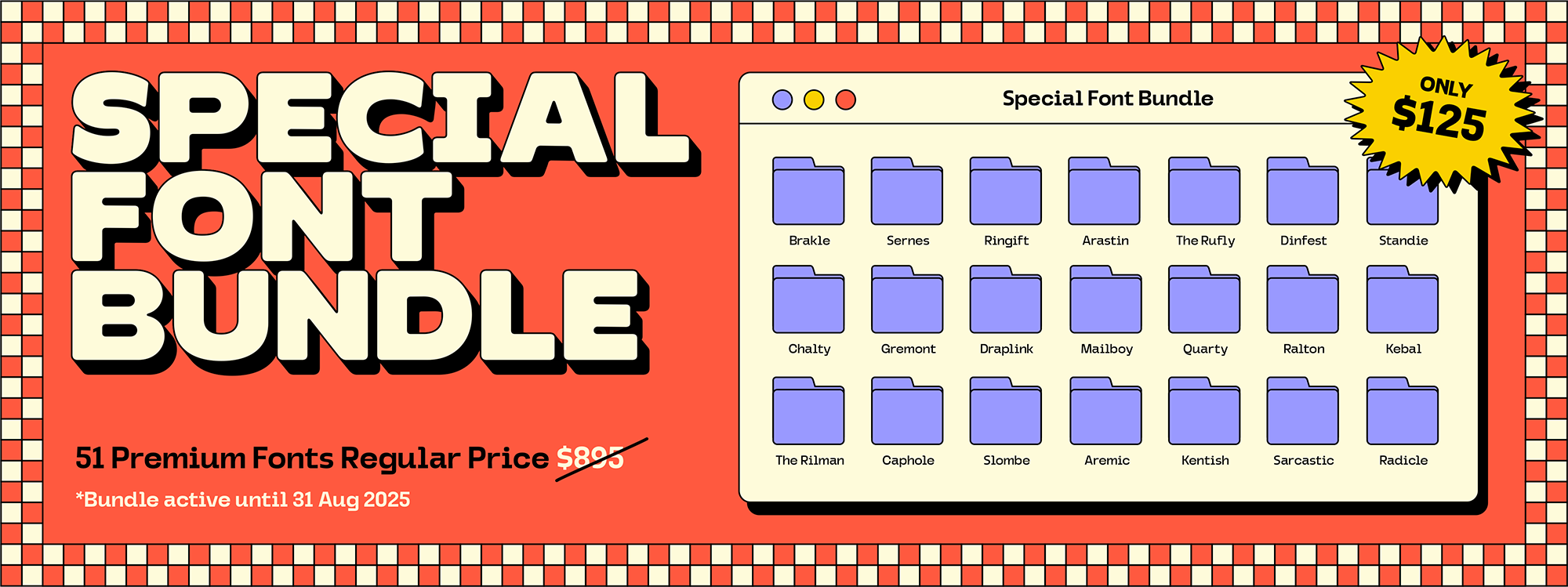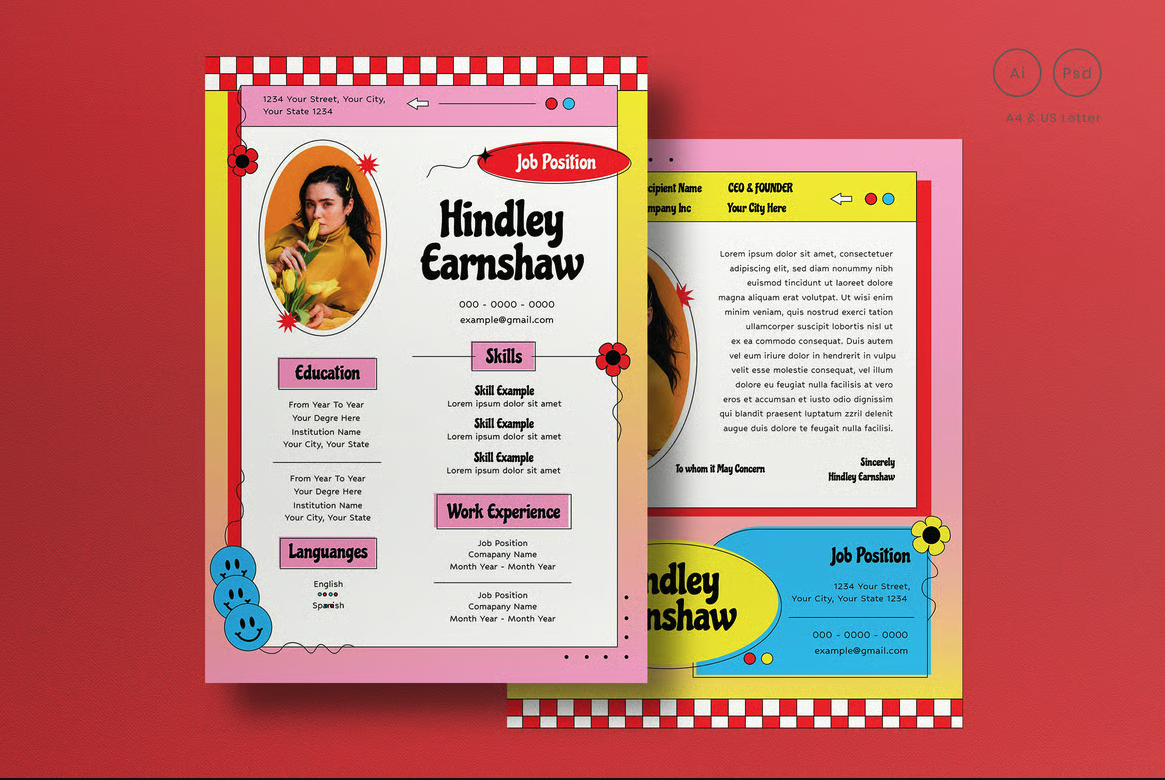Creating a resume that stands out is essential in today’s competitive job market. Whether you're a recent graduate, a seasoned professional, or someone looking to switch careers, knowing how to write a resume can make all the difference. This guide will walk you through the process of writing a professional resume that not only highlights your qualifications but also catches the attention of recruiters and hiring managers.
1. Understand the Purpose of a Resume
A resume is a marketing tool — it's your personal advertisement to potential employers. Its goal is to showcase your skills, experience, and accomplishments in a concise and appealing format. A great resume helps you:
- Get noticed by applicant tracking systems (ATS)
- Communicate your value clearly and quickly
- Secure interviews
2. Choose the Right Resume Format
There are three common resume formats:
- Chronological: Lists your work history in reverse chronological order. Ideal for those with consistent work experience.
- Functional: Focuses on skills and experience rather than work history. Suitable for career changers or those with gaps in employment.
- Combination (Hybrid): Blends both functional and chronological formats. Useful for showcasing both skills and a solid work history.
Choose the format that best represents your experience and career goals.
3. Include Essential Resume Sections
Every resume should contain the following components:
a. Contact Information
- Full name
- Phone number
- Professional email address
- LinkedIn profile (optional but recommended)
- Portfolio or personal website (if applicable)
b. Resume Summary or Objective
- Resume Summary: A brief overview of your experience and skills. Best for experienced professionals.
- Objective Statement: A short description of your career goals. Best for entry-level candidates or those switching careers.
c. Work Experience
List your relevant job roles, starting with the most recent. Include:
- Job title
- Company name and location
- Dates of employment
- Key responsibilities and achievements (use bullet points)
Use action verbs and quantify your accomplishments when possible. Example:
- Improved customer satisfaction by 25% through streamlined support processes.
d. Education
Include your highest degrees and relevant certifications:
- Degree name
- Institution name and location
- Graduation date (optional for older degrees)
- Relevant coursework (if applicable)
e. Skills
List both hard and soft skills that are relevant to the job you're applying for:
- Technical: Microsoft Office, Python, Adobe Creative Suite
- Soft: Leadership, Communication, Problem-solving
f. Additional Sections (Optional)
Depending on your background, you might also include:
- Certifications
- Volunteer experience
- Awards and honors
- Languages
- Professional affiliations
4. Tailor Your Resume to Each Job
Don’t use the same resume for every job application. Instead:
- Read the job description carefully
- Identify key requirements and keywords
- Mirror those keywords and skills in your resume
Customizing your resume increases your chances of passing through applicant tracking systems and shows recruiters you’re a great fit for the role.
5. Use Strong Language and Action Verbs
Make your resume impactful by using confident, active language. Instead of saying "responsible for managing a team," write:
- Led a team of 5 sales associates to exceed quarterly targets by 20%.
Action verbs include:
- Achieved
- Designed
- Initiated
- Managed
- Implemented
- Analyzed
6. Keep It Concise and Relevant
Recruiters spend only a few seconds scanning each resume. Make yours easy to read:
- Keep it to one or two pages (depending on experience)
- Use bullet points
- Avoid large blocks of text
- Focus on relevant experience
7. Design and Formatting Tips
A clean and professional design is crucial:
- Use a readable font (e.g., Arial, Calibri, Times New Roman)
- Font size: 10-12pt for body, 14-16pt for headings
- Consistent spacing and margins
- Use bold and italics sparingly
- Save and send as a PDF unless instructed otherwise
8. Proofread and Edit Carefully
Spelling and grammar mistakes can ruin your chances of getting an interview. Always:
- Run spellcheck
- Read aloud for clarity
- Ask a friend or mentor to review it
9. Bonus Tips for a Great Resume
- Use numbers: Quantify achievements to show real impact.
- Be honest: Never lie or exaggerate your qualifications.
- Update regularly: Keep your resume current, even when you're not job hunting.
- Include keywords: Especially important for online job applications.
10. Resume Writing Tools and Resources
Consider using resume-building tools to simplify the process:
- Canva (design templates)
- Zety, Resume.io (resume builders)
- Grammarly (grammar and clarity checker)
Also, review sample resumes in your industry for inspiration.
Conclusion
Writing a resume can seem daunting, but it doesn’t have to be. By following the steps above, you can craft a resume that effectively presents your strengths and lands you interviews. Remember: your resume is not just a list of past jobs — it's a strategic document designed to show employers why you're the right person for the job.
Invest the time, tailor it to each opportunity, and keep refining it. Your next career move might just be one great resume away.





